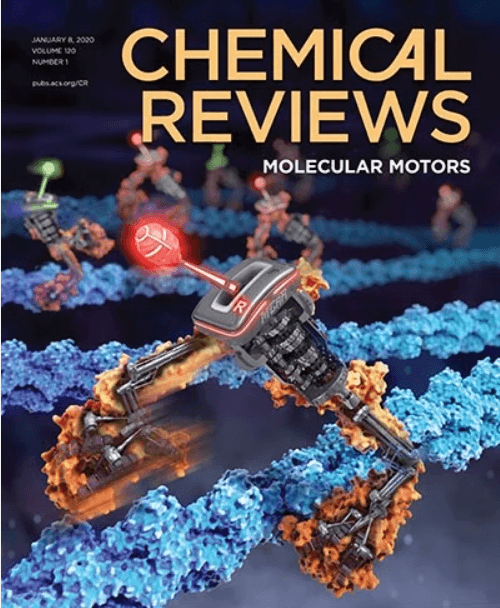Semiconductor Quantum Dots in the Cluster Regime
IF 51.4
1区 化学
Q1 CHEMISTRY, MULTIDISCIPLINARY
引用次数: 0
Abstract
The exciton Bohr radius is a defining feature in conventional quantum dot physics. Three distinct confinement regimes are usually recognized: the weak, intermediate, and strong confinement regimes. Which of these is relevant depends on the relative size of the quantum dot in terms of the exciton Bohr radius. However, this classification is primarily based on the linear optical properties of the nanocrystal. During the transition from the molecule to the bulk crystal, structural, mechanical, thermal, and chemical properties change as well. In this review, we discuss the cluster regime, where the exciton experiences extreme confinement. In the cluster regime, not only do linear optical properties deviate significantly from the effective mass approximation, but other material properties also begin to deviate from their bulk values. These deviations are only observable in the size regime, where the intrinsic length scales are much smaller than the exciton Bohr radius. Crucially, computational methods allow chemists to explore this region far more quantitatively than in the past.

簇态中的半导体量子点
激子玻尔半径是传统量子点物理学中的一个决定性特征。通常可以识别出三种不同的约束体系:弱约束体系、中间约束体系和强约束体系。哪一个是相关的取决于量子点的相对大小以激子玻尔半径来表示。然而,这种分类主要是基于纳米晶体的线性光学性质。在从分子到大块晶体的转变过程中,结构、机械、热学和化学性质也发生了变化。在这篇综述中,我们讨论了激子经历极端限制的簇态。在团簇状态下,不仅线性光学性质明显偏离有效质量近似值,而且材料的其他性质也开始偏离它们的体积值。这些偏差只能在尺寸范围内观察到,其中本征长度尺度远远小于激子玻尔半径。至关重要的是,计算方法使化学家能够比过去更定量地探索这一区域。
本文章由计算机程序翻译,如有差异,请以英文原文为准。
求助全文
约1分钟内获得全文
求助全文
来源期刊

Chemical Reviews
化学-化学综合
CiteScore
106.00
自引率
1.10%
发文量
278
审稿时长
4.3 months
期刊介绍:
Chemical Reviews is a highly regarded and highest-ranked journal covering the general topic of chemistry. Its mission is to provide comprehensive, authoritative, critical, and readable reviews of important recent research in organic, inorganic, physical, analytical, theoretical, and biological chemistry.
Since 1985, Chemical Reviews has also published periodic thematic issues that focus on a single theme or direction of emerging research.
 求助内容:
求助内容: 应助结果提醒方式:
应助结果提醒方式:


